Your Comprehensive Guide to Contraception Options at 1 Health
Choosing the right contraception is a personal decision — and having clear, trustworthy information makes it far easier. At 1 Health in Wigram, our clinicians help patients across Christchurch explore safe, effective contraception options based on their health, lifestyle, and future plans.
This guide outlines the contraception methods we offer at 1 Health, using up-to-date clinical guidelines, Sexual Wellbeing Aotearoa resources, and trusted medical evidence.
If you’re thinking about starting contraception, changing methods, or simply want to understand your options, this is a good place to begin.
Short-acting hormonal contraception
Combined Oral Contraceptive Pill (the “Pill”)
What it is: A daily pill containing oestrogen and progestogen.
How it works: Prevents the ovaries from releasing an egg.
Effectiveness:
- Typical use: ~92%
- Perfect use: 99%+
Advantages:
- Can reduce bleeding and period pain
- Some pills are fully subsidised (small pharmacy fee only)
- Easily reversible
Disadvantages:
- Needs to be taken daily — missed pills increase pregnancy risk
- Less effective with vomiting, diarrhoea, or some medications
- Possible side effects: nausea, breast tenderness
- Not suitable for some people (e.g., migraines with aura, clotting history)

Progestogen-Only Pill (the “Mini Pill”)
What it is: A daily pill containing progestogen only.
How it works: Thickens cervical mucus and may prevent ovulation.
Effectiveness:
- Typical use: ~92%
- Perfect use: 99%+
Advantages:
- Suitable for those who can’t take oestrogen
- Often fully subsidised
- Fewer medical exclusions
Disadvantages:
- Must be taken at the same time daily
- Irregular bleeding is common
- Effectiveness can drop with stomach upset or interacting medicines
Long-acting reversible contraceptives (LARC)
LARC methods are the most effective contraception options available and are popular with patients wanting reliable, low-maintenance protection.
Copper IUD
What it is: A small copper and plastic device placed inside the uterus.
How it works: Stops sperm reaching the egg and may prevent implantation.
Effectiveness: Over 99%.
Advantages:
- Lasts 5–10 years
- No hormones
- Immediate return to fertility after removal
- Device cost is fully subsidised (insertion/removal fees may apply)
Disadvantages:
- Periods may become heavier or more painful
- Small risks of infection (~1%) or expulsion (3–5%)

Hormonal IUDs (Mirena & Jaydess)
What they are: IUDs that slowly release progestogen.
How they work: Thicken cervical mucus and thin the uterine lining.
Effectiveness:
- Mirena: 99.8%
- Jaydess: 99.6%
Advantages:
- Mirena: Lighter periods; around 20% have no periods
- Jaydess: Smaller, may be more comfortable at insertion
- Lasts 3–5 years depending on the type
- Immediate return to fertility
- Device and procedure usually subsidised
Disadvantages:
- Irregular spotting is common initially
- Mild hormonal side effects in a small number of users
- Same small risks of infection or expulsion as other IUDs
Contraceptive Implant
What it is: Two small rods inserted under the skin of the upper arm.
How it works: Releases progestogen to stop ovulation and thicken cervical mucus.
Effectiveness: 99.9% — one of the most reliable contraception methods.
Advantages:
- Works for 5 years
- Many people experience lighter or no bleeding
- Immediate return to fertility once removed
- Fully subsidised (insertion/removal fees may be covered)
Disadvantages:
- Irregular bleeding can occur
- Some may experience hormonal side effects
- Requires a minor procedure for placement and removal

Depo Provera Injection
What it is: A progestogen injection every 12 weeks.
How it works: Prevents ovulation.
Effectiveness:
- 94% typical use
- Up to 99.7% with perfect timing
Advantages:
- Many users have lighter periods or no bleeding at all
- “Set and forget” for 3 months
- Medication itself is fully subsidised
Disadvantages:
- Must return every 12 weeks
- Fertility may take up to a year to return
- Possible side effects: acne, weight change, irregular bleeding, mild reversible bone thinning
Additional contraception information
Condoms
Easy to access, affordable, and essential for STI protection — even if you use another contraception method.
Costs and funding
Most contraception medications and devices are subsidised in New Zealand. Insertion or removal fees may apply for IUDs, implants, or injections — our team can explain expected costs.
Choosing the right method
Your ideal method depends on:
- Your health history
- Whether you want hormones or non-hormonal options
- How important regular periods are for you
- Your comfort with daily vs long-acting options
- Your pregnancy plans in the next few years
Men's reproductive health
For men’s reproductive health services including vasectomy referrals, we work with our trusted partner Menz Medical
Our clinicians at 1 Health are experienced in guiding Christchurch patients through all options based on evidence-based best practice.
Have Questions About Your Health?
Our clinicians at 1 Health are here to help — whether it’s GP care, dental, travel vaccines, or facial aesthetics. Book a consultation anytime.
Book Online:
https://www.1health.nz/contact
Call:
Disclaimer:
This article is for general information only and is not medical advice. Every person’s health situation is different. For personalised guidance or diagnosis, please consult a qualified clinician.














